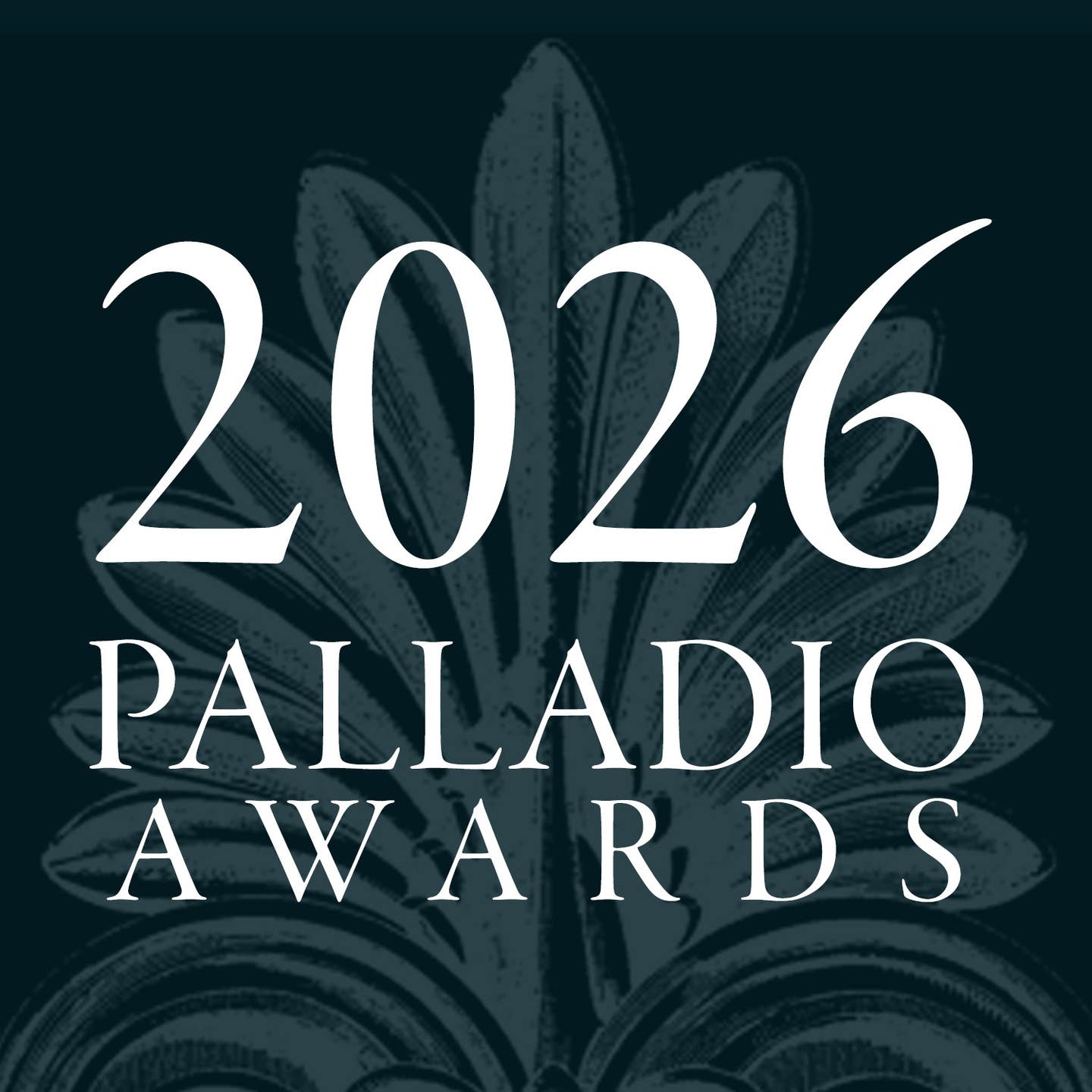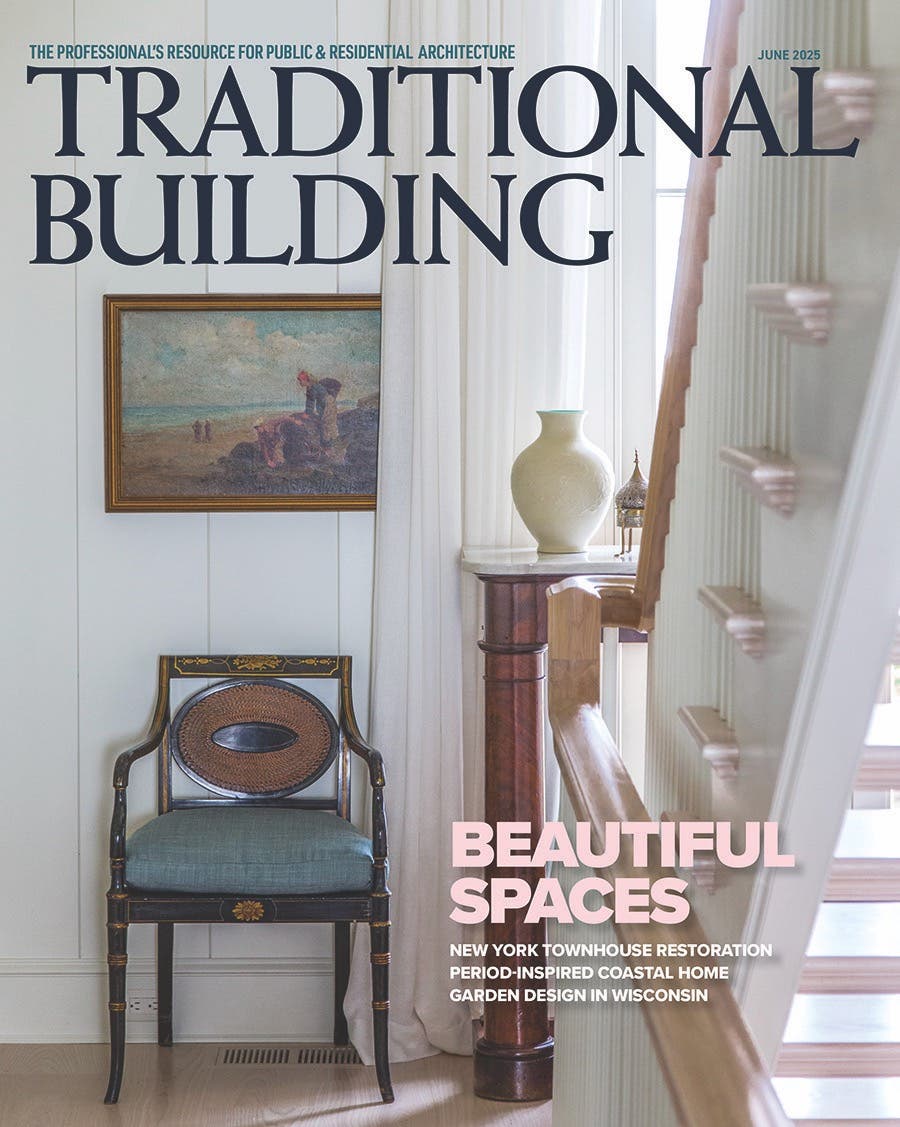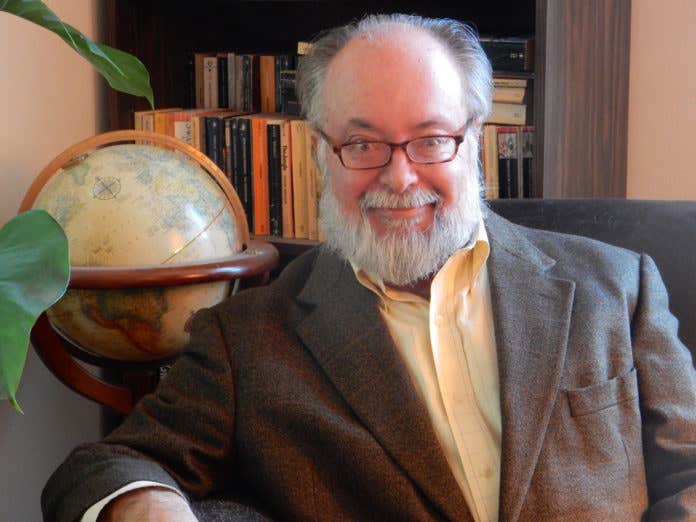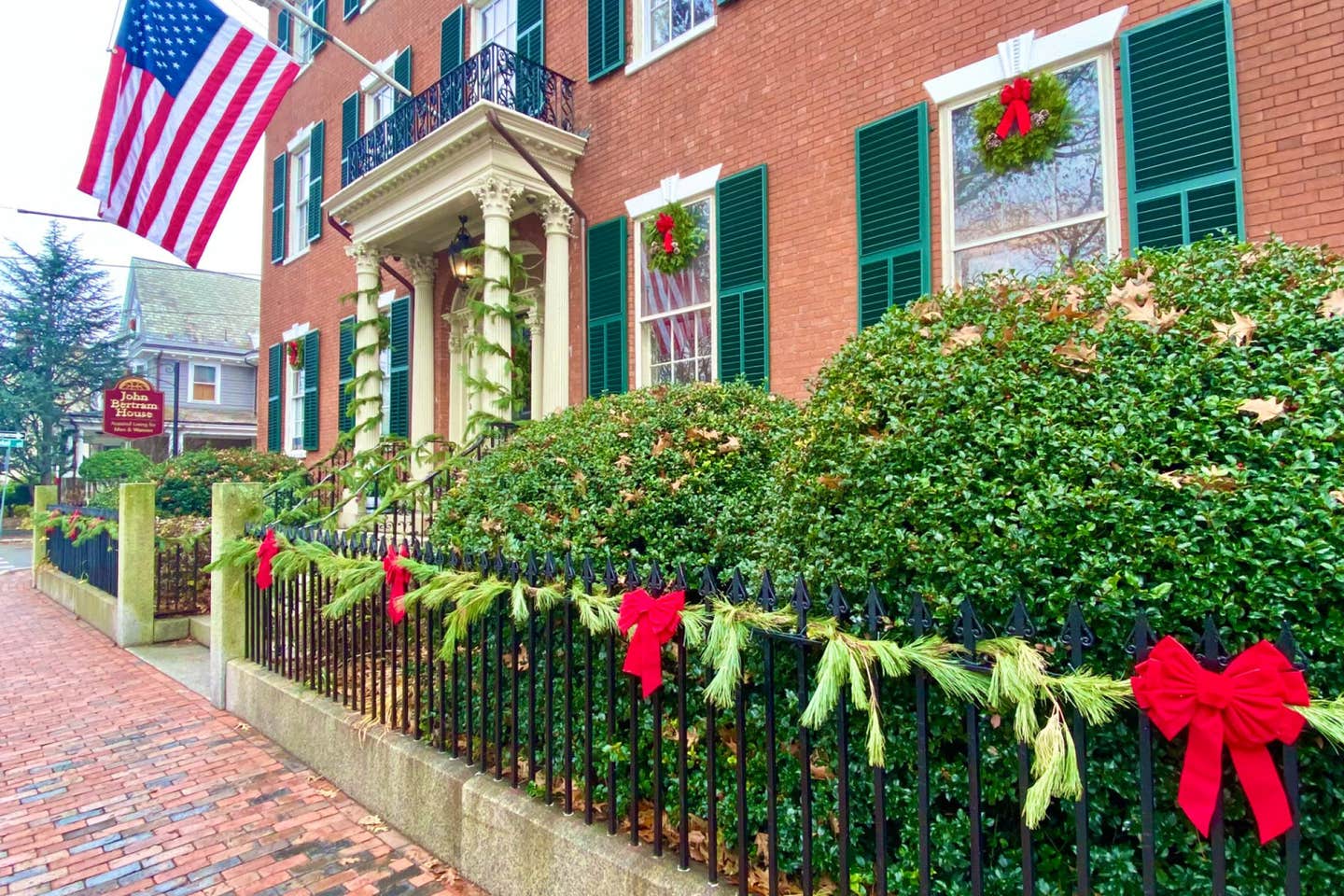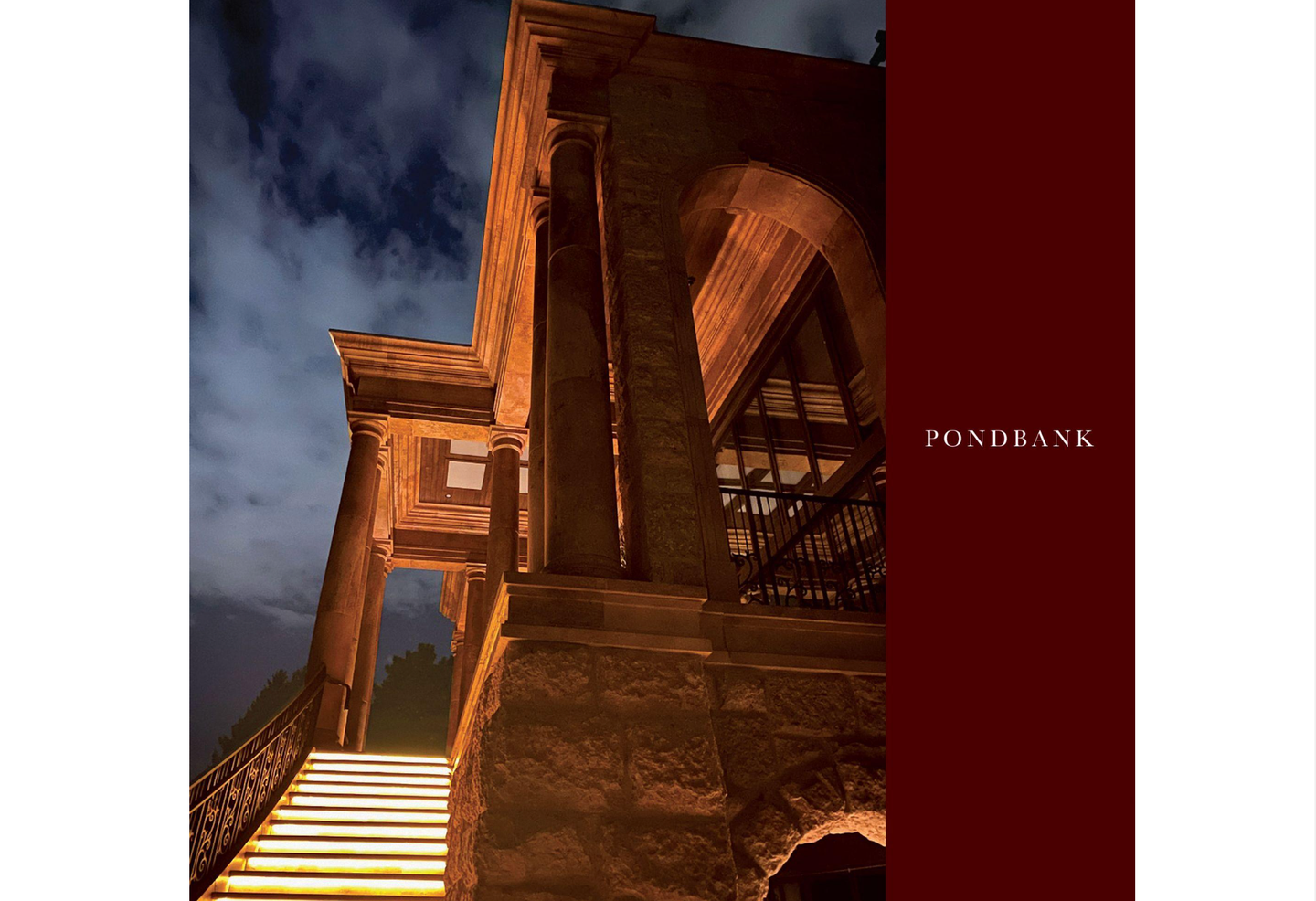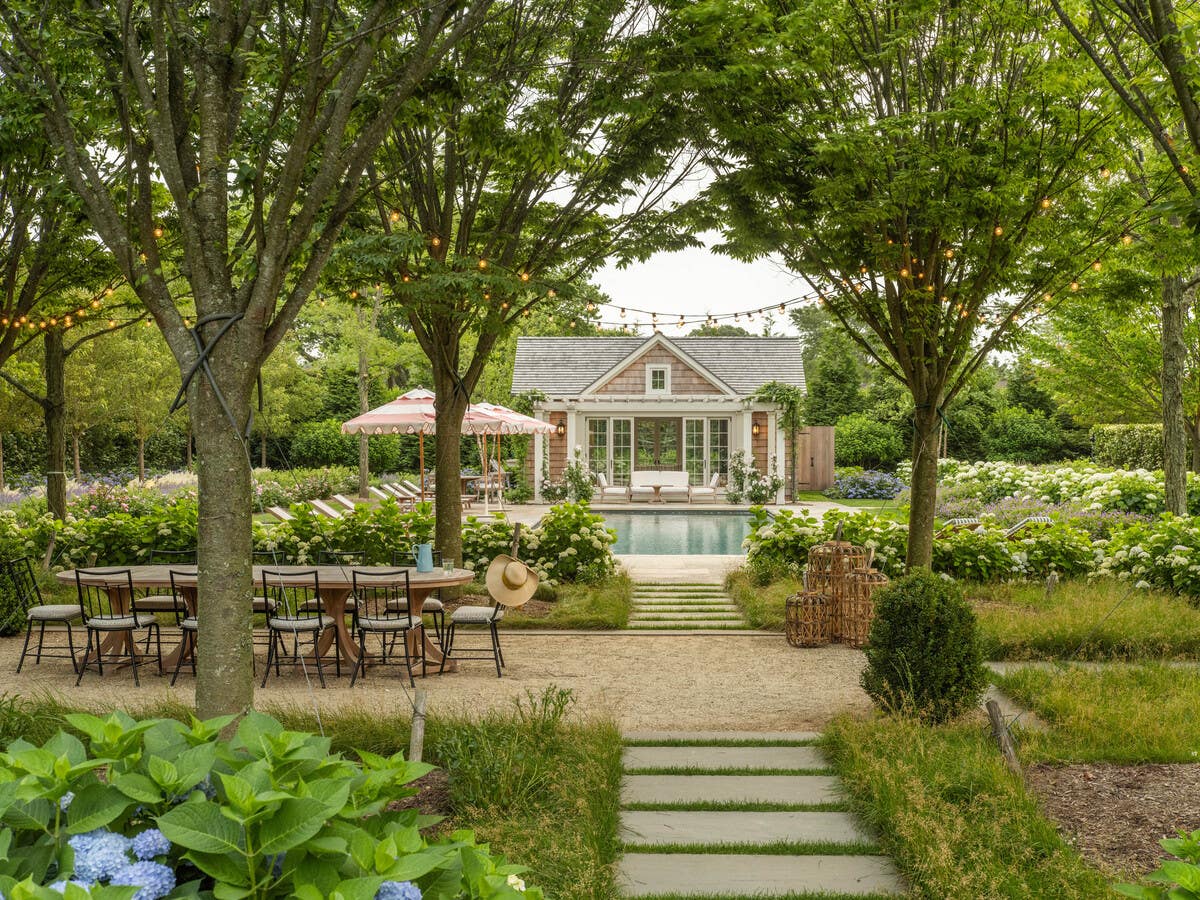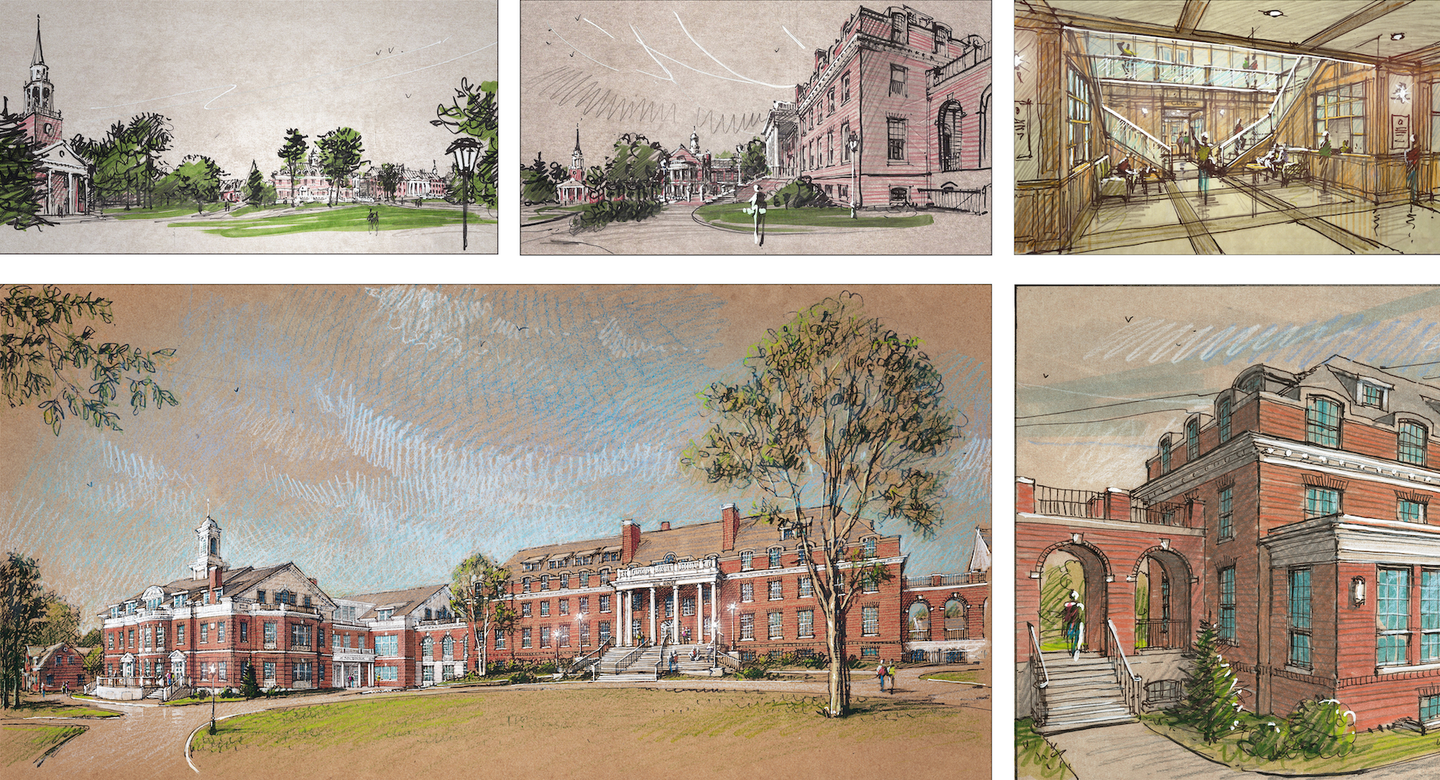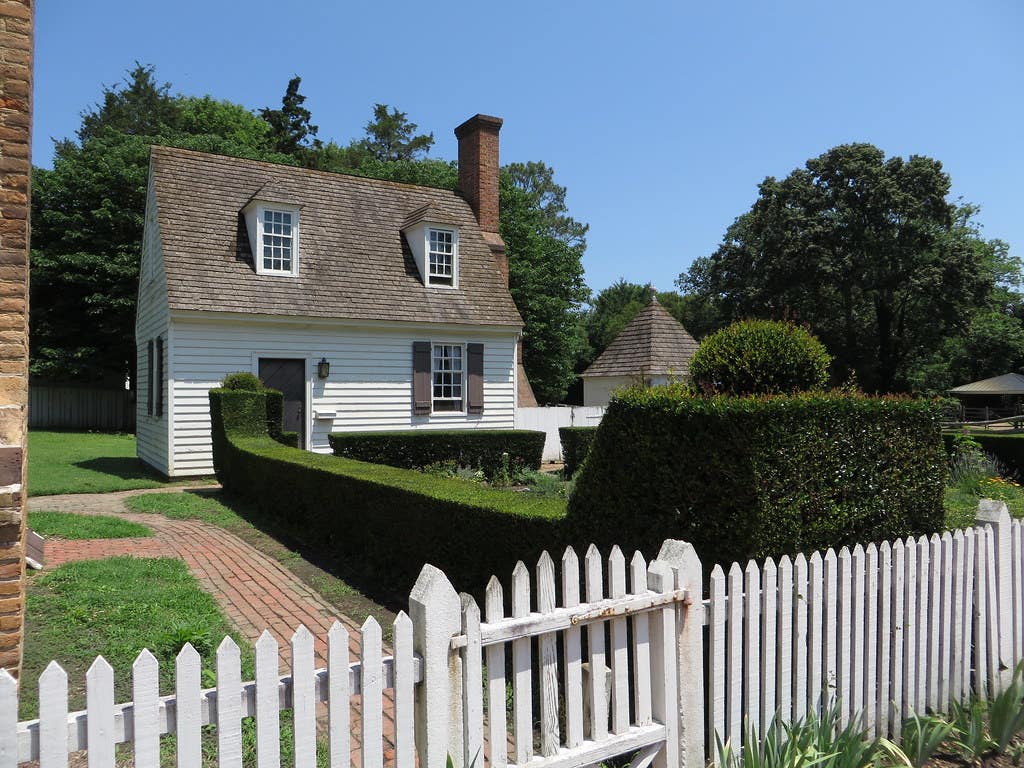
News
Traditional Building Conference Visited Williamsburg June 10-11
The recent Traditional Building Conference, held in Williamsburg, Virginia from June 10 to 11, saw over 200 conference attendees. From Colonial Williamsburg’s brickyard to the top of William and Mary' scaffolds, attendees experienced all that this landmark destination has to offer. The Traditional Building Conference education, architectural tours, and networking with knowledgeable suppliers delivered 11 AIA Continuing Education Credits.
This was the second stop of the 2025 Traditional Building Conference Series, which kicked off in March in St. Augustine and will finish October 7 and 8 in Sleepy Hollow, New York.
Highlight Sessions of the Traditional Building Conference
Architectural historian Carl Lounsbury opened the conference by presenting an architectural history and historic preservation overview of colonial Williamsburg from 1926 to 2025. Using examples from his best selling book, Restoring Williamsburg, professor Lounsbury discussed the archaeological research, material analysis, and historic structures reports that underpin Williamsburg’s restoration and renovation. He also explained how improving technology can help practitioners achieve greater accuracy in documenting the story of historic places.
A hard hat tour of Wren Hall at the College of William and Mary, offered on both days of the conference, allowed attendees to touch historic bricks and mortar as well as understand how integrity is maintained after fire, war, and well-intentioned restoration efforts of the early 20th century. Susan Reed, AIA, Glavé & Holmes Architects; Constance Lai, FAIA, Grunley Construction; and Patrick Dillon, PhD, engineer and architect, WDPA led the tour with the able assistance of the crew from Grunley Construction. The tour moved on to Blow Memorial Hall with Patton Roark and Eric Kuchar, MCWB Architects who guided participants to observe how diagnostic technology supports their work to rehabilitate a traditional building which is over 200 years old.
Jeffrey Klee’s Williamsburg walking tour was so popular that conference staff added a second session with Carl Lounsbury. This tour demonstrated the power of planned places to create a welcome and successful environment for traditional and contemporary businesses.
The traditional trades tour and demonstrations stopped at the Bray School, Carter Hall, the brickyard, the blacksmith shop, and the joiner’s, carpenters, and cabinet/harpsichord makers’ shops. Participants watched work in progress and asked questions of the craftspeople and their apprentices. Colonial Williamsburg’s Matthew Webster, Jennifer Wilkoski, and Ted Boscana guided conference staff in the focus of the building trades tour.
Architect, author, and educator Christine Franck, a Williamsburg native, shared how this historic city influenced her decision to become an architect. She now serves as the chairperson of U.S. INTBAU, The International Network for Traditional Building, Architecture & Urbanism.
Kirsten Travers Moffitt, Colonial Williamsburg’s paint analyst, and James Brice from Benjamin Moore, detailed the search for accurate historic colors and efforts to create a Williamsburg pallet for commercial and residential use.
Steve Kamin, president of Hartstone Tile, presented a program on the use of concrete for architectural elements and hardscape, including technical information about the material’s water absorption and impact resistance.
We turned our focus from Williamsburg to the Veritas School when Gibson Worsham, Glavé & Holmes, presented a lecture detailing how traditional plaster solved code, design, and budget problems during the rehabilitation of North Hall.
Eric Kuchar, MCWB Architects, provided an energetic and comprehensive ending to classroom sessions with his program titled, The Use of Digital Technologies to Preserve and Maintain Historic Buildings.
2025 Palladio Awards
On the evening of the Traditional Building Conference’s first day, the 23rd annual Palladio Awards ceremony took place over cocktails, dinner, and a slide presentation of this year's 15 winning projects for excellence in commercial, institutional, ecclesiastical and residential traditional design. These winning projects will be featured in the July 2025 issue of Traditional Building and posted on traditionalbuilding.com as well as periodhomes.com. Winners took home a handsome cast-bronze trophy provided by Historical Arts and Casting.
This Conference's Sponsors
Platinum and Bronze sponsors both underwrite and provide materials and methods education and inspiration for Traditional Building Conference Series attendees throughout the year.
The Platinum sponsors are Aeratis, Allied Window, Cambek, European Company, Hartstone Tile, Historical Arts and Casting, Kolbe Windows and Doors, Ludowici, Marvin, Mon-Ray, Oliveri Millworks, Pilkington NSG, and Wilmette Hardware.
The Bronze sponsors include Caoba, Historic Doors, John Canning & Company, Kepco +, Rugo Stone, Stewart Brannen Millworks, The Natural Stone Collaborative, Vermont Slate Company, and Wiemann Metalcraft.
Our final stop in the 2025 Traditional Building Conference Series is the historic Tappan Hill Mansion in the heart of Sleepy Hollow’s Hudson Valley in New York from October 7 to 8. For more information and to register, head to traditionalbuildingshow.com/register-for-events.

